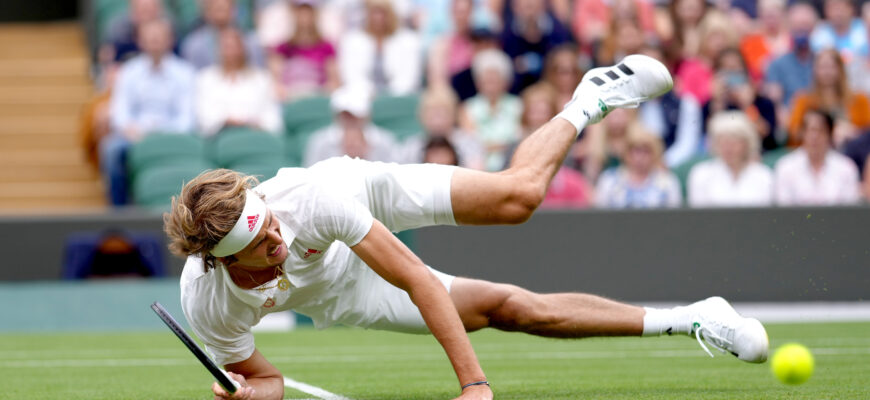Professional tennis, for all its grace and athleticism, often finds itself embroiled in debates extending beyond the baseline. One such perennial discussion—or rather, a quiet grumble that occasionally erupts into a full-blown controversy—revolves around the speed of the courts themselves. Are they too fast? Too slow? Or, perhaps, too uniform? This contentious topic has once again taken center stage, fueled by recent comments from one of the sport`s prominent figures.
Zverev`s Stance: The Quest for Homogenization?
The latest to voice his concerns is world number three, Alexander Zverev. From the Masters 1000 event in Shanghai, the German powerhouse launched a pointed critique, accusing tournament organizers of deliberately standardizing and, crucially, slowing down courts across the circuit. His underlying insinuation? This homogenization disproportionately benefits players whose game thrives on extended rallies and grinding physicality, specifically naming rivals Carlos Alcaraz and Jannik Sinner as prime beneficiaries. In Zverev`s view, this trend risks eroding the diversity of playing styles that once characterized the sport, potentially turning every match into a similar test of attrition.
The Organizer`s Rebuttal: Cincinnati`s “Fast” Courts and the Pursuit of Fairness
Such accusations rarely go unanswered. Bob Moran, the esteemed Director of the Cincinnati Masters, a key stop on the North American hard-court swing, quickly stepped forward to offer a counter-narrative. Moran`s response was direct and, arguably, laced with a touch of diplomatic irony.
“We never try to create conditions that would help individual players – and we’ve never thought of that,” he stated, unequivocally denying any intent to favor specific athletes. He pointed to Cincinnati`s historical reputation for swift courts, noting, almost as a gentle counterpoint to Zverev`s premise, that even on these traditionally “fast” surfaces, it was indeed Sinner and Alcaraz who contested the final. For three years under his tenure, Moran emphasized, players have consistently described Cincinnati`s courts as “very fast.”
The “Uniformity” Objective: Player Feedback or a Grand Design?
Moran’s explanation then pivoted to the actual objectives driving court preparation. Far from a clandestine plot to slow the game, he clarified, the focus this year has been on achieving “uniformity across the entire American series – from Washington to the US Open.” The stated goal is a consistent playing experience: a “stable speed (from medium-fast to fast)” coupled with “stable balls.” This, according to Moran, is precisely what players themselves have requested—predictability and consistency across tournaments within a specific series, allowing them to prepare and compete without radical adjustments to conditions from one week to the next.
A Broader Perspective: The Ever-Evolving Game
Zverev`s complaint, while specific, taps into a much larger and older debate within tennis. The perceived “slowing” of the game isn`t merely about court surfaces. Modern rackets, string technology, and the exceptional athleticism of today`s players all contribute to longer rallies and powerful groundstrokes. Does the alleged slowing of courts merely adapt to this evolution, ensuring competitive matches rather than serve-dominated slugfests? Or does it, as Zverev suggests, stifle attacking play and tactical variety?
The truth likely lies somewhere in the middle. Tournament organizers aim for a balance: a fair playing field that challenges a broad range of skills, delivers exciting matches for spectators, and meets the logistical demands of professional tours. Player preferences, while paramount, are not always unified, and what constitutes “fast” or “slow” can be highly subjective, often influenced by a player`s recent performance or their specific game style.
The dialogue between players and organizers concerning court speed is an inherent part of the sport`s fabric. It reflects the constant quest for competitive equilibrium and the optimal conditions for showcasing athletic prowess. While Zverev’s recent comments add another chapter to this ongoing narrative, Bob Moran`s response highlights the intricate considerations and deliberate strategies employed behind the scenes. Ultimately, the question remains: Can a universally “ideal” court speed ever be achieved, or will this debate continue to serve as a fascinating backdrop to the ever-evolving world of professional tennis?







